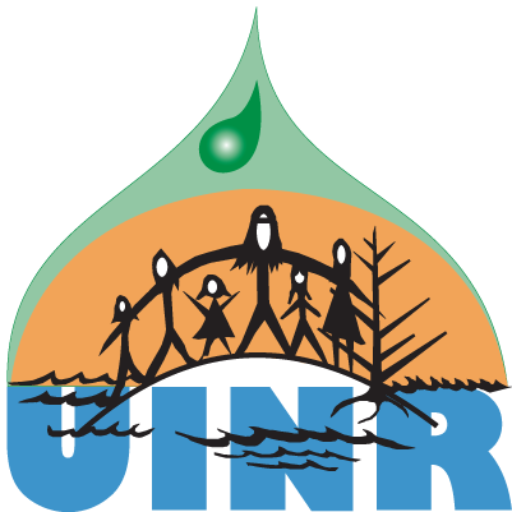
Malagawatch occupies 661 hectares in the southeastern part of Inverness County on the Bras d’Or Lakes. Mala has the unique distinction of being jointly owned by the five Mi’kmaq communities in Unama’ki and has a long history steeped in cultural and political significance. It plays an important part in ancient Mi’kmaq life and today is a source of pride for its natural beauty, cultural richness and ancient traditions.
Because of its location on the shores of the Bras d’Or Lakes the land is subject to serious coastal erosion due to climate change. And it is happening fast. Important monuments to Mi’kmaq history are being lost.
UINR has been studying the situation and taking active measures to preserve the area, bringing together individuals, government departments and industry to come up a solution for the rapidly eroding area. In addition to the technical work UINR is doing to preserve the area, we are preparing an application to designate the area an historic site.
Tonia Sylliboy knows a lot about Mala’s history. Tonia was hired by UINR to find everything she could on Malagawatch from early documents and oral history to current knowledge. She discovered some interesting things:
- Malagawatch was one of four main gathering areas
- for Mi’kmaq Grand Council.
- Mala was used as a wintering camp and known for
- its abundance of medicinal plants, game, eels and cod.
- In 1650, Nicholas Denys, a French explorer
- traded with Mi’kmaq from Malagawatch.
- Malagawatch or Mirliguech means a triangular piece of land
- formed by a river and a large body of water.
- In 1722, Malagawatch became Mi’kmaq headquarters,
- playing an active part in the politics of Unama’ki until 1750.
- An early Mission was held yearly.
- A church and presbytery was built in 1725
- and fell into disrepair in 1739.



